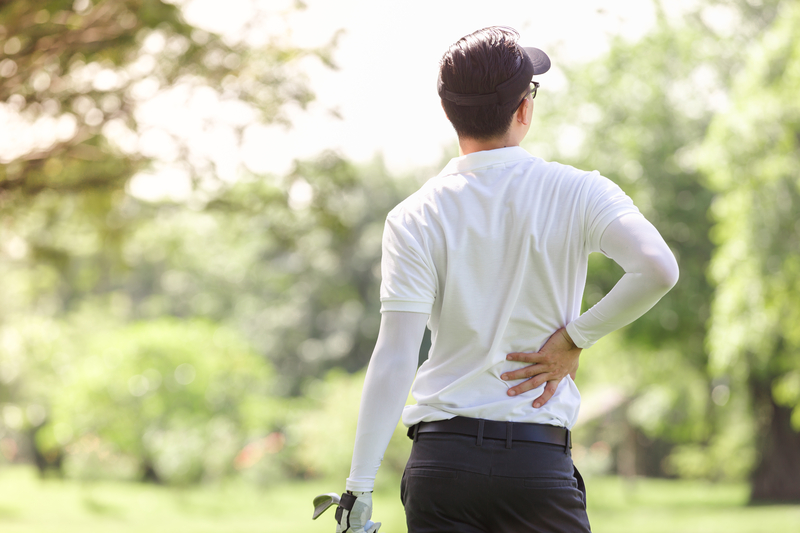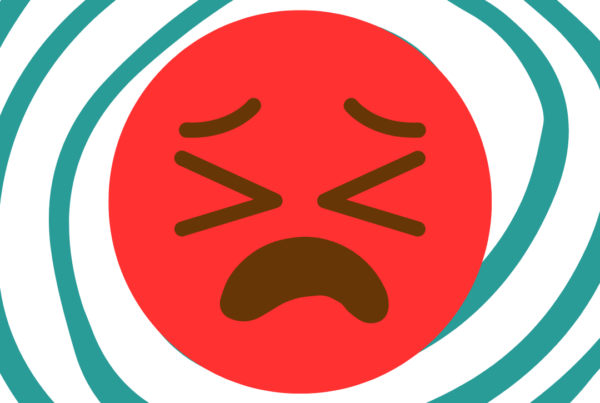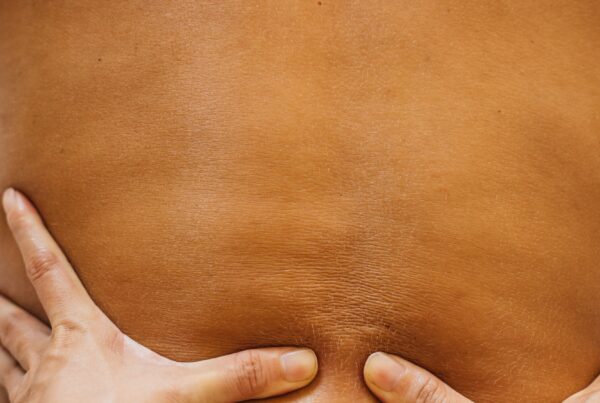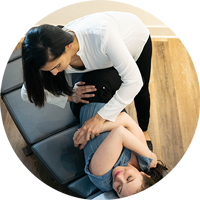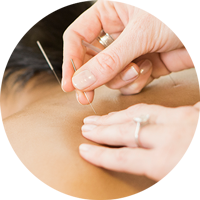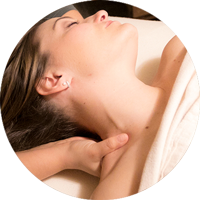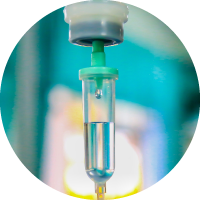Golf has always been a great escape for players. Currently, the rise in popularity for golfing comes as no surprise. Golf offers players an opportunity to enjoy sporting outdoors and mental relaxation while social distancing.
If you’ve increased your time on the links, you may also notice different types of common pain associated with the game.
Knowing the difference can help you prevent or treat possible problems so that you can stay on course.
Back and Neck Pain
It’s quite normal to be experiencing more back or neck pain than usual when it comes to golf or other physical activities. For most of the week, our bodies are getting less activity, which means our muscles are shortened with added tightness. Our work-from-home postures might also contribute to initial back pain. So, when we work on our swing, we’re adding another level of potential discomfort while we hunch over our clubs and add stress to our backs while we rotate to swing.
Some discomfort is par for the course but shooting, stabbing pains in your back, neck, or shoulders should be taken seriously.
You can prevent back issues by practicing correct form, strengthening your back with targeted exercise on the trapezoid and pectoral muscles, and flexibility exercises like yoga.
Visiting a chiropractor is a healthy step in finding the best course of treatment. Our team will help you relieve your pain with a combination of adjustments, targeted exercises, and possibly, deep tissue massage.
Rotator Cuff Injury
Damage to your rotator cuff can inhibit your game and cause a dull ache that makes it difficult to lift and lower your arm. Practicing correct form and strength training with flexibility for your shoulders, back, and abs is key in preventing this injury. If your rotator cuff is suspect, a chiropractor will walk you through a specific assessment to determine the exact source and pathway for non-invasive solutions.
Tennis Elbow and Golf Elbow
Golfers may suffer from either tennis elbow or golf elbow. Both are painful inflammatory conditions caused by overuse. Tennis elbow refers to the outer tendon. Golf elbow indicates the inner tendon. Proper swing techniques, rotation, and adequate rest can help prevent overuse. Our team is well versed in helping golf and tennis lovers recover from these conditions.
Knee Pain
The rotation of your swing can contribute to added stress and strain on the knee. If you notice any knee pain while golfing, it’s important to prevent further damage and receive a medical assessment as soon as possible. Stretching before your game is a good habit for all golfers who want to prevent knee pain. Be sure to gentle target your calves, hamstrings, thighs and core muscles.
Wrist Pain
The wrist tendons can also fatigue with overuse. Wrist tendinitis should be prevented during the off-season by strengthening the wrist and forearms.
If pain is impeding your enjoyment during or after a round of golf, connect with our team for an assessment. We can help you get back to doing what you love – and even improve your performance! Chiropractic care not only relieves your pain, but can improve your posture to help you swing better and hit the ball straighter.
We are operating with heightened safety measures and remain a safe place for you to get the care you need! Fill out the form below to book your next appointment.
Schedule
Please fill out the form to request an appointment at our health and wellness center for the service and location of your preference. We try to get back to all requests as quickly as possible. If you need immediate assistance, please call 773-598-4387.
Your safety comes first: we are operating with heightened safety measures in our clinics and offer telemedicine for those unable to visit in person.

